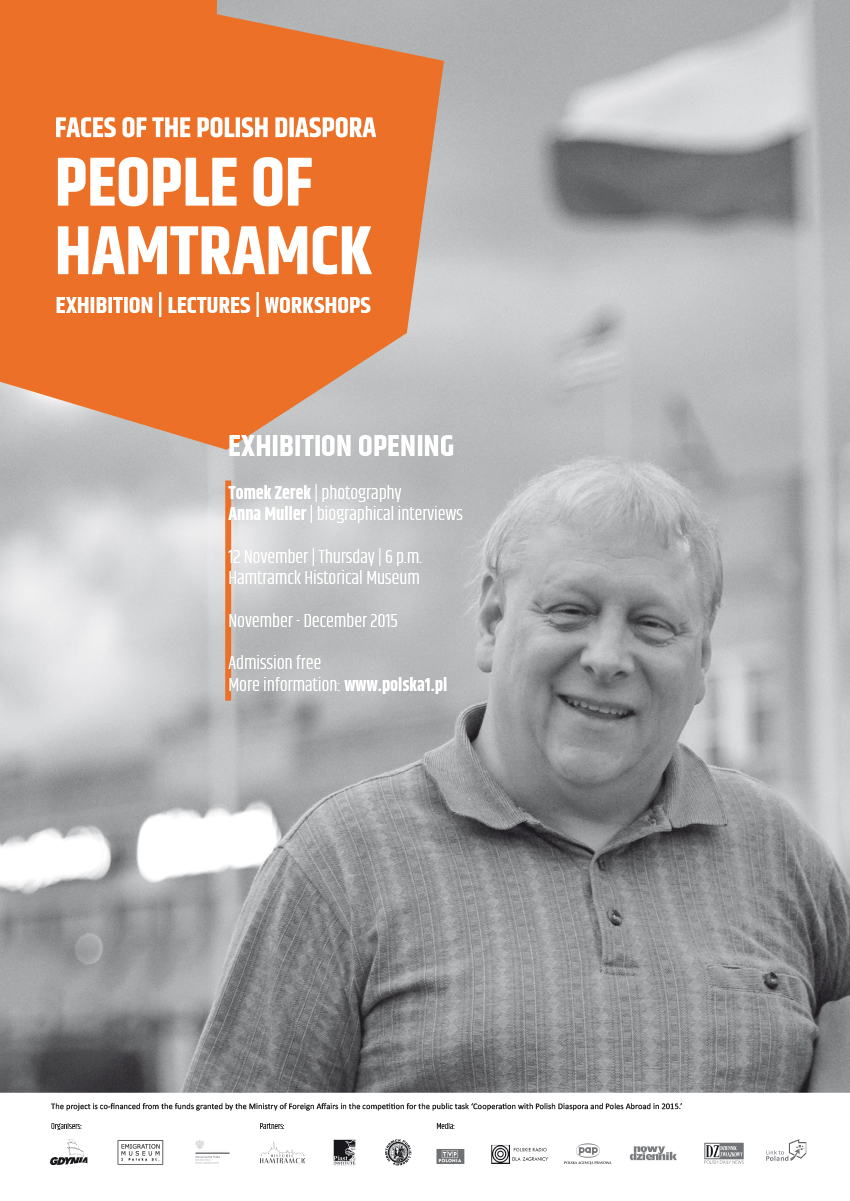In the late summer of 2021, over 950 Afghans were evacuated from Afghanistan to Denmark. Their journeys included a process of securing their right to be evacuated and struggling through the chaotic crowds at Kabul airport to reach their airplane. Over the course of just a few days, this situation created a new and important chapter in Danish migration history which The Danish Immigration Museum is committed to documenting.
Documenting history as it unfolds
To gain an in-depth and personal understanding of these experiences of flight, The Danish Immigration Museum has been gathering testimonies of evacuated Afghans. Traveling to asylum centers and new homes across Denmark, the museum is visiting the places where these stories unfold.
Through detailed and open-ended interviews, The Danish Immigration Museum has created space for the perspectives of evacuated Afghans to be heard and will preserve their testimonies for future generations to hear them too. These interviews have focused on each individual’s life in Afghanistan, their experience of being evacuated and their encounters with the Danish asylum system. Having only been permitted two year’s residency by the Danish state, with no possibility of extension, evacuated Afghans are experiencing a unique and difficult process in regards to integration, with great concern for their futures.
Collecting objects
Gathering objects related to flight and forced migration is a challenge for museums. However, this project is committed to gathering objects that help visitors to connect with these testimonies. The collecting of objects started with three blankets which were distributed on the airplanes during the evacuation, as individuals boarded the planes dressed for the Afghan summer. These blankets were donated to the collection by The Danish Red Cross. Additionally, some objects are being created as the project develops, such as maps drawn by interviewees which illustrate their journeys to Denmark.
This project is ongoing, and the museum is becoming connected to more individuals each week. For those who agree to take part in the project long term, museum staff will visit them again in roughly 6 month intervals to hear about how their situation in Denmark has developed.



